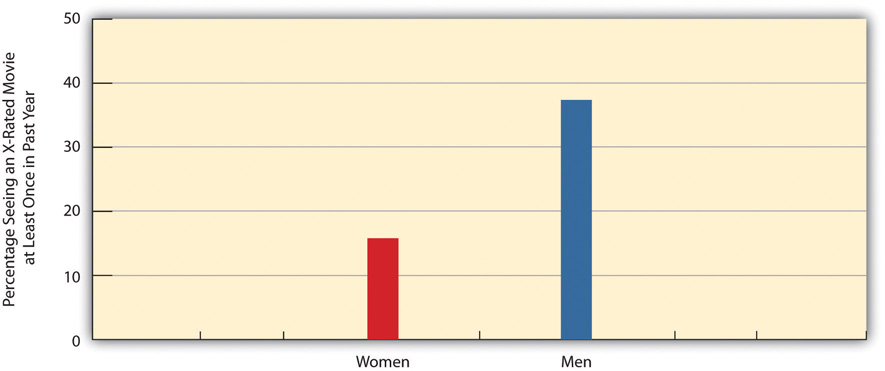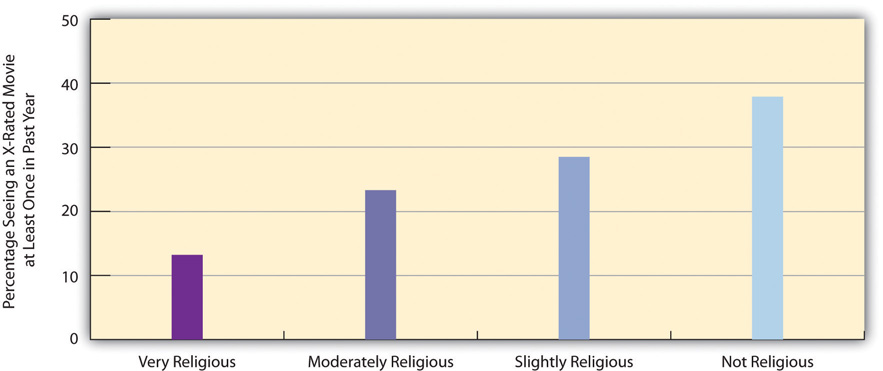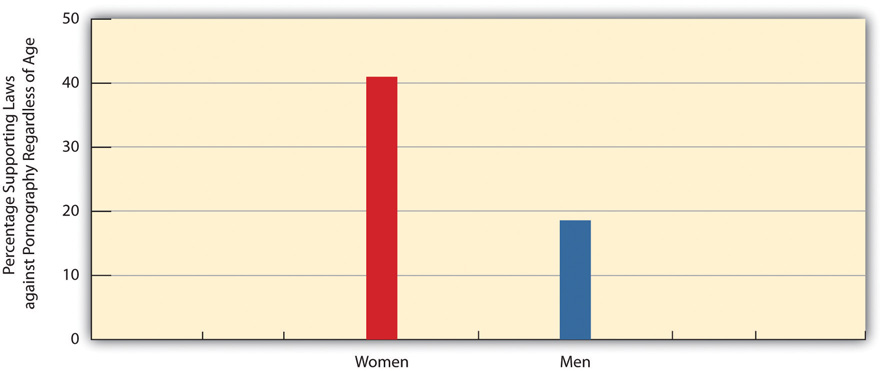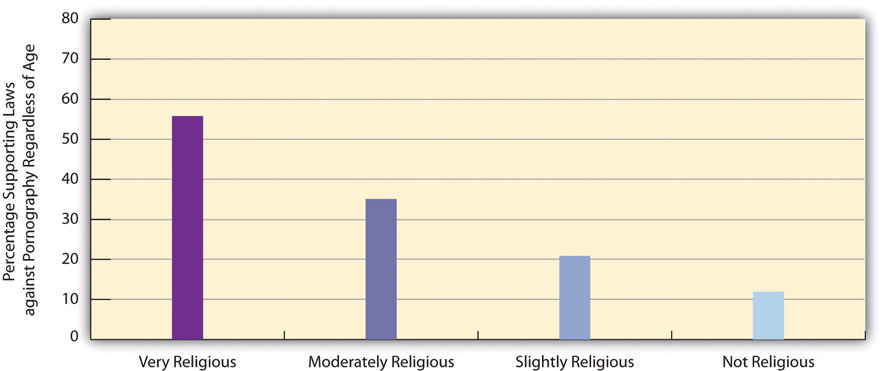9.5: Pornography
- Page ID
- 14553
\( \newcommand{\vecs}[1]{\overset { \scriptstyle \rightharpoonup} {\mathbf{#1}} } \)
\( \newcommand{\vecd}[1]{\overset{-\!-\!\rightharpoonup}{\vphantom{a}\smash {#1}}} \)
\( \newcommand{\id}{\mathrm{id}}\) \( \newcommand{\Span}{\mathrm{span}}\)
( \newcommand{\kernel}{\mathrm{null}\,}\) \( \newcommand{\range}{\mathrm{range}\,}\)
\( \newcommand{\RealPart}{\mathrm{Re}}\) \( \newcommand{\ImaginaryPart}{\mathrm{Im}}\)
\( \newcommand{\Argument}{\mathrm{Arg}}\) \( \newcommand{\norm}[1]{\| #1 \|}\)
\( \newcommand{\inner}[2]{\langle #1, #2 \rangle}\)
\( \newcommand{\Span}{\mathrm{span}}\)
\( \newcommand{\id}{\mathrm{id}}\)
\( \newcommand{\Span}{\mathrm{span}}\)
\( \newcommand{\kernel}{\mathrm{null}\,}\)
\( \newcommand{\range}{\mathrm{range}\,}\)
\( \newcommand{\RealPart}{\mathrm{Re}}\)
\( \newcommand{\ImaginaryPart}{\mathrm{Im}}\)
\( \newcommand{\Argument}{\mathrm{Arg}}\)
\( \newcommand{\norm}[1]{\| #1 \|}\)
\( \newcommand{\inner}[2]{\langle #1, #2 \rangle}\)
\( \newcommand{\Span}{\mathrm{span}}\) \( \newcommand{\AA}{\unicode[.8,0]{x212B}}\)
\( \newcommand{\vectorA}[1]{\vec{#1}} % arrow\)
\( \newcommand{\vectorAt}[1]{\vec{\text{#1}}} % arrow\)
\( \newcommand{\vectorB}[1]{\overset { \scriptstyle \rightharpoonup} {\mathbf{#1}} } \)
\( \newcommand{\vectorC}[1]{\textbf{#1}} \)
\( \newcommand{\vectorD}[1]{\overrightarrow{#1}} \)
\( \newcommand{\vectorDt}[1]{\overrightarrow{\text{#1}}} \)
\( \newcommand{\vectE}[1]{\overset{-\!-\!\rightharpoonup}{\vphantom{a}\smash{\mathbf {#1}}}} \)
\( \newcommand{\vecs}[1]{\overset { \scriptstyle \rightharpoonup} {\mathbf{#1}} } \)
\( \newcommand{\vecd}[1]{\overset{-\!-\!\rightharpoonup}{\vphantom{a}\smash {#1}}} \)
\(\newcommand{\avec}{\mathbf a}\) \(\newcommand{\bvec}{\mathbf b}\) \(\newcommand{\cvec}{\mathbf c}\) \(\newcommand{\dvec}{\mathbf d}\) \(\newcommand{\dtil}{\widetilde{\mathbf d}}\) \(\newcommand{\evec}{\mathbf e}\) \(\newcommand{\fvec}{\mathbf f}\) \(\newcommand{\nvec}{\mathbf n}\) \(\newcommand{\pvec}{\mathbf p}\) \(\newcommand{\qvec}{\mathbf q}\) \(\newcommand{\svec}{\mathbf s}\) \(\newcommand{\tvec}{\mathbf t}\) \(\newcommand{\uvec}{\mathbf u}\) \(\newcommand{\vvec}{\mathbf v}\) \(\newcommand{\wvec}{\mathbf w}\) \(\newcommand{\xvec}{\mathbf x}\) \(\newcommand{\yvec}{\mathbf y}\) \(\newcommand{\zvec}{\mathbf z}\) \(\newcommand{\rvec}{\mathbf r}\) \(\newcommand{\mvec}{\mathbf m}\) \(\newcommand{\zerovec}{\mathbf 0}\) \(\newcommand{\onevec}{\mathbf 1}\) \(\newcommand{\real}{\mathbb R}\) \(\newcommand{\twovec}[2]{\left[\begin{array}{r}#1 \\ #2 \end{array}\right]}\) \(\newcommand{\ctwovec}[2]{\left[\begin{array}{c}#1 \\ #2 \end{array}\right]}\) \(\newcommand{\threevec}[3]{\left[\begin{array}{r}#1 \\ #2 \\ #3 \end{array}\right]}\) \(\newcommand{\cthreevec}[3]{\left[\begin{array}{c}#1 \\ #2 \\ #3 \end{array}\right]}\) \(\newcommand{\fourvec}[4]{\left[\begin{array}{r}#1 \\ #2 \\ #3 \\ #4 \end{array}\right]}\) \(\newcommand{\cfourvec}[4]{\left[\begin{array}{c}#1 \\ #2 \\ #3 \\ #4 \end{array}\right]}\) \(\newcommand{\fivevec}[5]{\left[\begin{array}{r}#1 \\ #2 \\ #3 \\ #4 \\ #5 \\ \end{array}\right]}\) \(\newcommand{\cfivevec}[5]{\left[\begin{array}{c}#1 \\ #2 \\ #3 \\ #4 \\ #5 \\ \end{array}\right]}\) \(\newcommand{\mattwo}[4]{\left[\begin{array}{rr}#1 \amp #2 \\ #3 \amp #4 \\ \end{array}\right]}\) \(\newcommand{\laspan}[1]{\text{Span}\{#1\}}\) \(\newcommand{\bcal}{\cal B}\) \(\newcommand{\ccal}{\cal C}\) \(\newcommand{\scal}{\cal S}\) \(\newcommand{\wcal}{\cal W}\) \(\newcommand{\ecal}{\cal E}\) \(\newcommand{\coords}[2]{\left\{#1\right\}_{#2}}\) \(\newcommand{\gray}[1]{\color{gray}{#1}}\) \(\newcommand{\lgray}[1]{\color{lightgray}{#1}}\) \(\newcommand{\rank}{\operatorname{rank}}\) \(\newcommand{\row}{\text{Row}}\) \(\newcommand{\col}{\text{Col}}\) \(\renewcommand{\row}{\text{Row}}\) \(\newcommand{\nul}{\text{Nul}}\) \(\newcommand{\var}{\text{Var}}\) \(\newcommand{\corr}{\text{corr}}\) \(\newcommand{\len}[1]{\left|#1\right|}\) \(\newcommand{\bbar}{\overline{\bvec}}\) \(\newcommand{\bhat}{\widehat{\bvec}}\) \(\newcommand{\bperp}{\bvec^\perp}\) \(\newcommand{\xhat}{\widehat{\xvec}}\) \(\newcommand{\vhat}{\widehat{\vvec}}\) \(\newcommand{\uhat}{\widehat{\uvec}}\) \(\newcommand{\what}{\widehat{\wvec}}\) \(\newcommand{\Sighat}{\widehat{\Sigma}}\) \(\newcommand{\lt}{<}\) \(\newcommand{\gt}{>}\) \(\newcommand{\amp}{&}\) \(\definecolor{fillinmathshade}{gray}{0.9}\)Public Opinion about Pornography
The Popularity of Pornography
Pornography is so widespread and easy to access on the Internet and elsewhere that many people must be viewing it, reading it, and in general “using” it. Various data and estimates for the United States support this assumption (Diamond, 2009; Family Safe Media, 2011).Diamond, M. (2009). Pornography, public acceptance and sex related crime: A review. International Journal of Law & Psychiatry, 32(5), 304–314; Family Safe Media. (2011). Pornography statistics. Retrieved October 23, 2011, from http://www.familysafemedia.com/pornography_statistics.html. For example, pornography revenues amount to more than $13 billion annually (from the sale and rental of adult DVDs, the viewing of pornographic Internet sites, the purchase of adult videos on cable and in hotel rooms, payments for phone sex, visits in exotic dance clubs, the purchase of sexually explicit novelties, and subscriptions to and the purchase of sexually explicit magazines). An estimated 12 percent of all websites are pornographic. In addition, about 40 percent of Americans visit pornographic sites on the Internet at least monthly, and, according to the GSS, one-fourth of Americans, or almost 60 million adults, have seen an X-rated movie in the past year.
We saw earlier that gender and religiosity predict views about pornography laws. As you might expect, they also predict X-rated movie viewing. Men are more than twice as likely as women to have seen an X-rated movie in the past year (see Figure 9.18), while very religious people are only about one-third as likely as those who are not religious to have seen an X-rated movie.


Effects of Pornography
Many feminists and other people oppose pornography because they believe it causes rape or other violence against women. This belief raises an important question: To what extent does pornography in fact cause such violence? The fairest answer might be that we do not really know. Many scholars believe pornography does cause violence against women, but other scholars conclude that pornography does not have this effect and may even help reduce sexual violence by providing a sexual outlet for men (Diamond, 2009; Weitzer, 2011).Diamond, M. (2009). Pornography, public acceptance and sex related crime: A review. International Journal of Law & Psychiatry, 32(5), 304–314; Family Safe Media. (2011). Pornography statistics. Retrieved October 23, 2011, from http://www.familysafemedia.com/pornography_statistics.html; Weitzer, R. (2011). Review essay: Pornography’s effects: The need for solid evidence. [Book review]. Violence Against Women, 17(5), 666–675.
These divergent views reflect the complexity of the evidence from studies of pornography. Many studies do conclude that pornography causes rape. For example, male students who watch violent pornography in experiments later exhibit more hostile attitudes toward women than those watching consensual sex or nonsexual interaction. However, it remains doubtful that viewing pornography in real life has a longer-term effect that lasts beyond the laboratory setting, and several experimental studies do not even find any short-term effects. In other types of research, rape rates have not risen in the US states that have made their pornography laws more lenient, and states’ rape rates are not related to their circulation rates of pornographic magazines. Further, rape rates have declined sharply since the early 1990s even though pornography is much more widely available now than back then thanks to the Internet and other technologies.
A recent review of the research on pornography and rape concluded that pornography does not increase rape (Ferguson & Hartley, 2009, p. 323):Ferguson, C. J., & Hartley, R. D. (2009). The pleasure is momentary…the expense damnable?: The influence of pornography on rape and sexual assault. Aggression & Violent Behavior, 14(5), 323–329.
Evidence for a causal relationship between exposure to pornography and sexual aggression is slim and may, at certain times, have been exaggerated by politicians, pressure groups and some social scientists. Some of the debate has focused on violent pornography, but evidence of any negative effects is inconsistent, and violent pornography is comparatively rare in the real world. Victimization rates for rape in the United States demonstrate an inverse relationship between pornography consumption and rape rates. Data from other nations have suggested similar relationships…It is concluded that it is time to discard the hypothesis that pornography contributes to increased sexual assault behavior.
Dealing with Pornography
Whatever pornography is or is not, many people find it disgusting, but many other people are more tolerant of it. In our discussion of prostitution, we examined the issue of whether it is proper for a democracy to ban a consensual behavior simply or mostly because many people consider it immoral. The same question may be asked about pornography (to be more precise, pornography that does not involve children), especially because it does not appear to cause violence against women. Even if it did cause such violence, efforts to stop it raise important issues of freedom of speech and censorship. In a free society, civil liberties advocates say, we must proceed very cautiously. Once we ban some forms of pornography, they ask, where do we stop (Strossen, 2000).Strossen, N. (2000). Defending pornography: Free speech, sex, and the fight for women’s rights. New York, NY: New York University Press.
This issue aside, much of what we call pornography still degrades women by depicting them as objects that exist for men’s sexual pleasure and by portraying them as legitimate targets of men’s sexual violence. These images should be troubling for any society that values gender equality. The extent of pornography in the United States may, for better or worse, reflect our historical commitment to freedom of speech, but it may also reflect our lack of commitment to full equality between women and men. Even if, as we have seen, the survey evidence shows growing disapproval of traditional gender roles, the persistence of pornography shows that our society has a long way to go toward viewing women as equally human as men.




